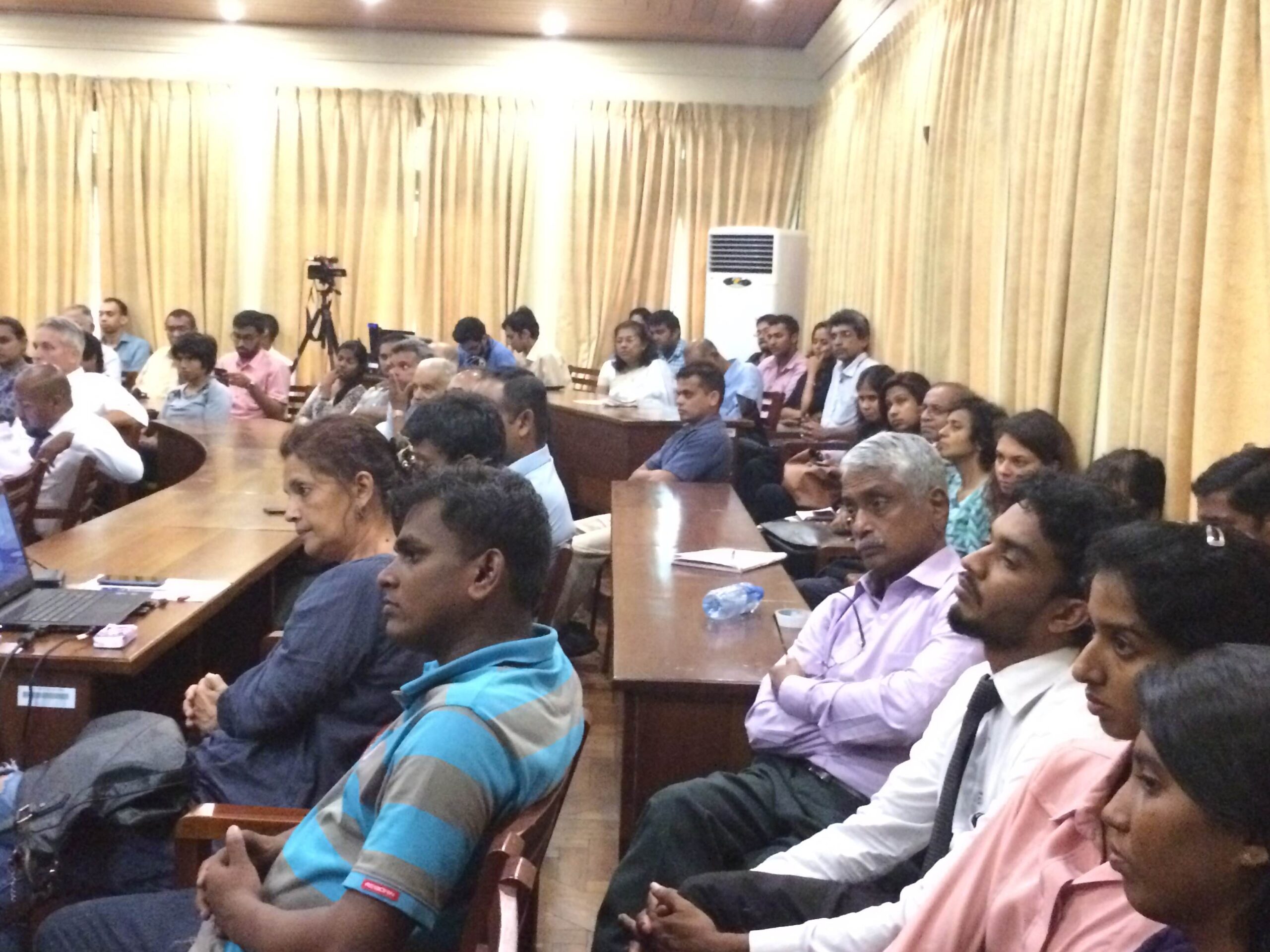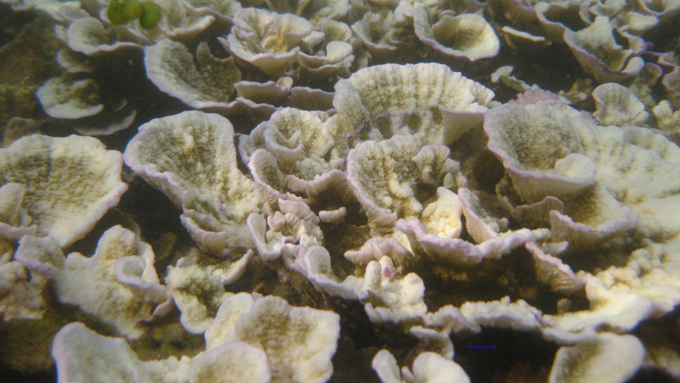
Sri Lanka govt, private outfits linked to illegal wild life trade
Organised criminals doing a thriving illegal wildlife trade in Sri Lanka are operating with the connivance of certain government and private sector institutions, a former senior Customs officer has charged.
Sri Lanka has become a transit point for the illegal trade in wildlife given its location on the main East-West trade route and good shipping connections, said Samantha Gunasekera, former Deputy Director of Customs.
The island is also one of the world’s top eight bio-diversity hotspots with criminals targeting many species because of their ornamental or medicinal value or colour, he told a forum on how to tackle the illegal trade in wildlife organised by Sri Lanka biodiversity enthusiasts.
“In Sri Lanka, certain government and private institutions are having connections with organised crime – wildlife criminals,” said Gunasekera, who was in charge of the Customs Biodiversity, Cultural & National Heritage Protection Division.
Many targeted plant species are well documented, especially medicinal plants, given their commercial value, he told the forum conducted jointly by the Biodiversity Sri Lanka, the Environmental Professionals of Sri Lanka and the Base for Enthusiasts of Environmental Science and Zoology, a student body at the University of Colombo.


The concentrated distribution of targeted species also made it easier for criminals, Gunasekera said.
Many endemic species are distributed in the south western part of Sri Lanka in small forest patches where the human population is high.
“That makes it easy to collect, especially by foreigners, who have contacts with locals, knowledgeable people who know where it is so they can collect within a few hours.”
The latest move by the local environmentalists comes as it was found that Sri Lanka is being used by the illegal wildlife traders operating between Africa and the East Asia region, as a point of their operations, the forum organisers said.
“Sri Lanka is strategically located in one of the busiest international shipping routes in the Indian Ocean and most of the container ships, particularly between Africa and the Gulf region, to the East Asian region, pass through the Colombo Port,” they said in a note.
“A growing illegal wildlife trade between Africa and the East Asian region takes place on this shipping lane.”
This is proven through detection and seizure in 2012 by the Sri Lanka Customs, of a blood ivory container with 359 pieces on board weighing 1.5 tonnes, en-route to Dubai from Kenya.
Another seizer of a massive consignment of 28 container loads of Madagascar Dalbergia timber (Rose Wood) worth US$ 7million, which was being transported from Zanzibar to Hong Kong via Sri Lanka in 2014 has also been recorded.
( Source : 13/06/2016 Economy Next http://www.economynext.com/Sri_Lanka_govt,_private_outfits_linked_to_illegal_wild_life_trade-3-5236-13.html )

Mass bleaching of Sri Lanka coral reefs
Higher than normal ocean temperatures off Sri Lanka’s coast is threatening to damage the best coral reefs in the island, according to surveys done by marine scientists of the National Aquatic Resources Research and Development Agency (NARA).

“Underwater surveys shows widespread bleaching or whitening along the reefs, especially in shallow depths (of less than 10 meters) in the south and south west coast and also reported in Jaffna and Bar Reef in Kalpitiya,” a statement said.
NARA scientists diving on the reefs said huge areas of previously pristine reefs they have seen in Unawatuna, Weligama, Mirissa and Polhena are being turned into barren white.
All signs point to a repeat of a similar bleaching event in 1997/1998 which saw over 50 per cent of some reefs in Sri Lanka being destroyed, NARA said.
“Coral bleaching events have been increasing in both frequency and extent worldwide in the resent past years. Global climate change may play a role in the increase in coral bleaching events.”
NARA said the intolerable heat experienced over the past months is being blamed for the coral bleaching, which experts fear could be worse than in 1997/1998.
According to Mark Eakin, co-ordinator of the National Oceanic and Atmospheric Administration’s Coral Reef Watch, the bleaching is very strong throughout south east Asia and the central Indian Ocean.
“Increased ocean temperatures due to climate change, combined with the warming effects of an El Niño pattern are driving temperatures to record levels and threatening to severely deplete the coral reef ecosystems that support fish habitats, shoreline protection and coastal economies mainly through fisheries and tourism,” he said.
Many of the reefs affected by the 1998 El Niño have made at least partial recoveries, NARA said.
“However, even when reefs do recover, old growth corals that may have taken centuries to mature are often replaced with faster growing species that quickly colonize large areas, homogenizing the ecosystem.”
Bleaching of coral reef may result in changes in diversity, with more sensitive coral species gradually being replaced by more tolerant ones, reducing the biodiversity of the coral reef.
(Source :13/06/2016 : Economy Next http://www.economynext.com/Mass_bleaching_of_Sri_Lanka_coral_reefs-3-5226-13.html)



